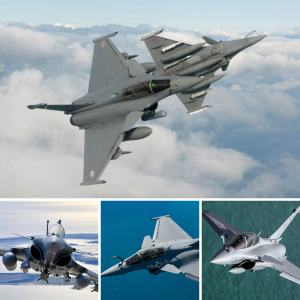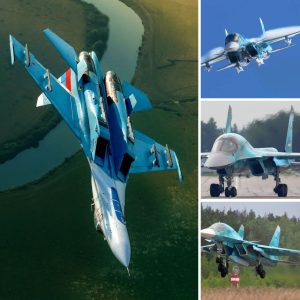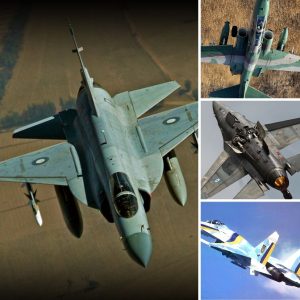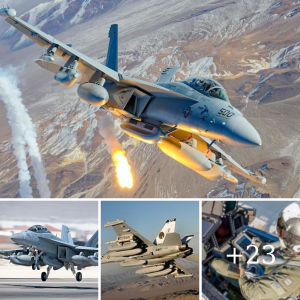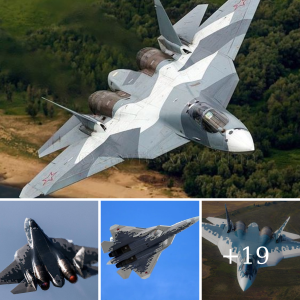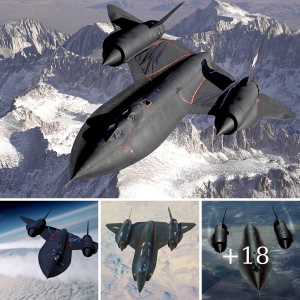In the world of military aviation, few aircraft have managed to blend speed, agility, and reconnaissance prowess as seamlessly as the RF-4E Phantom II. Known as the “eyes in the sky,” the RF-4E was not just another fighter jet; it was a specialized reconnaissance aircraft that played a crucial role in gathering intelligence during some of the most intense conflicts of the late 20th century.
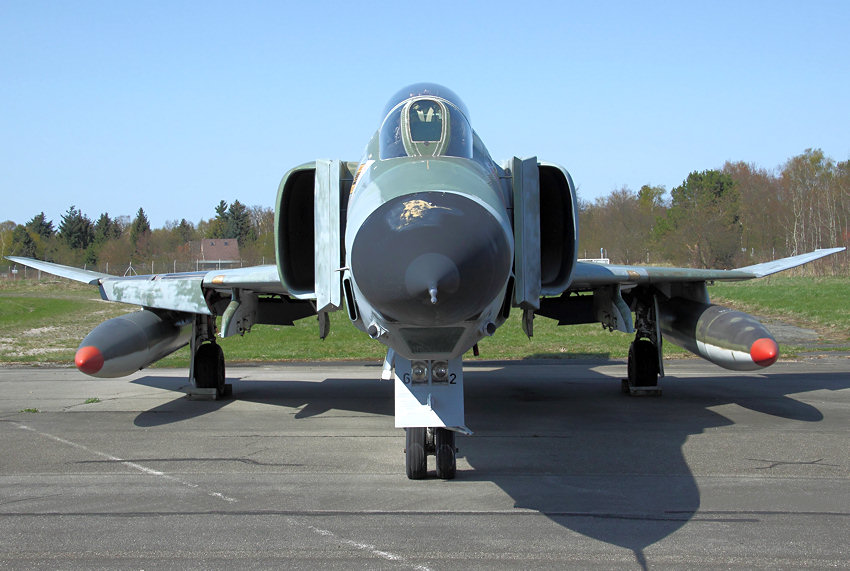
Originally derived from the legendary F-4 Phantom II, the RF-4E was designed with a singular mission in mind: to capture high-resolution imagery over enemy territory without being detected. Stripped of its radar-guided missiles and heavy armament, the RF-4E instead carried advanced cameras and electronic sensors, making it a formidable aerial spy. Its long nose, packed with sophisticated reconnaissance equipment, gave it a distinctive profile that struck awe and fear into those who saw it overhead.

First taking to the skies in 1965, the RF-4E quickly became a valuable asset to several air forces around the world, including those of Germany, Japan, and Israel. These countries recognized the strategic importance of having an aircraft that could penetrate deep into enemy airspace, capture vital intelligence, and return unscathed. In many conflicts, the RF-4E’s intelligence-gathering capabilities proved to be a game-changer, providing commanders with the crucial information they needed to make informed decisions on the battlefield.
One of the RF-4E’s most remarkable features was its ability to fly at supersonic speeds while maintaining a stable platform for reconnaissance. This allowed it to evade enemy defenses and return with critical imagery that would otherwise have been impossible to obtain. Whether it was mapping enemy positions, tracking troop movements, or identifying targets, the RF-4E was unmatched in its role.

The aircraft’s service life spanned several decades, and even as newer technologies emerged, the RF-4E continued to hold its own, thanks to numerous upgrades and modifications. Its versatility and reliability earned it a reputation as one of the most successful reconnaissance aircraft of its time.
As the world moved into the 21st century, the RF-4E gradually retired from active service, making way for more advanced platforms like the UAVs (Unmanned Aerial Vehicles) that now dominate the reconnaissance role. However, the legacy of the RF-4E remains intact. It paved the way for the development of modern reconnaissance tactics and technology, and its impact on military history is undeniable.
Today, the RF-4E is remembered not only as a symbol of Cold War-era ingenuity but also as a testament to the enduring importance of intelligence in warfare. Its sleek design and unmatched capabilities continue to captivate aviation enthusiasts and historians alike, ensuring that the story of the RF-4E Phantom II will be told for generations to come.
